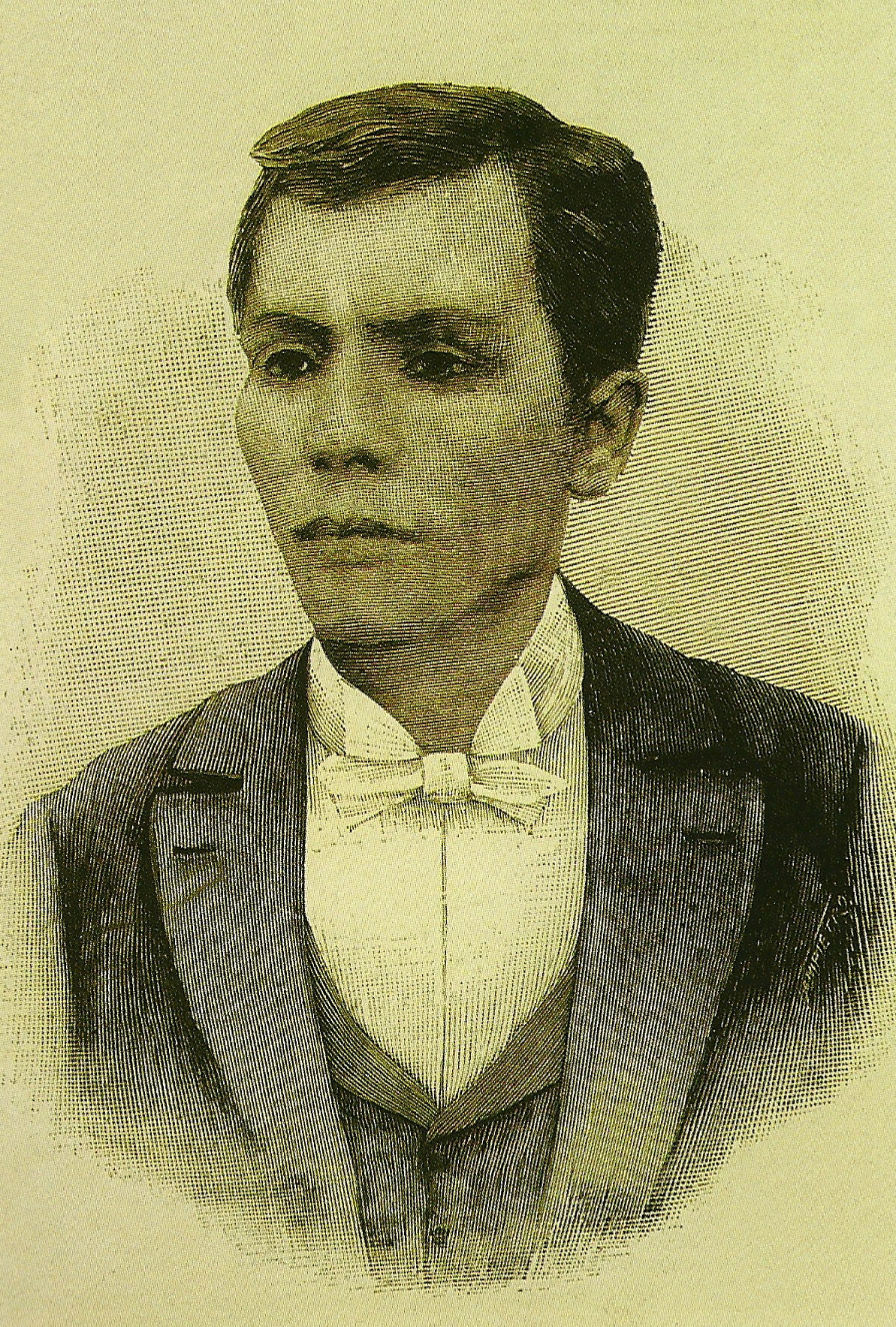Abinales, Patricio N. (PN). "History and Histrionics." Pen & Ink: The Philippine Literary Quarterly 3 (1998): 40-3.
[40]
History and Histrionics
by PN Abinales
Who was Andres Bonifacio? Glenn May's response to this question, Inventing a Hero, attacked the canonical works on the subject by Agoncillo and earlier historians. His book, in turn, was the jumping-off point for a fierce debate and a new anthology of essays, under the editorship of Bernardita Reyes-Churchill, featuring a host of historians from UP and La Salle. PN Abinales, surveying the terrain from above, makes short shrift of both camps' positions.
Glenn A. May has once again raised the hackles of Filipino academics and writers with his new work, Inventing a Hero: The Posthumous Re-Creation of Andres Bonifacio (New Day, 1997). In this book. May re-examines the writings of Bonifacio and asserts that in light of the absence of the originals, the story of Bonifacio and the Katipunan may be based on forged documents. As evidence, May points to documentary discrepancies, notably concerning Bonifacio's purported handwriting and the (mis)use of turn-of-the-century idiomatic expressions, all of which he alludes to be possible forgeries perpetrated (and peddled) by the first generation of nationalist historians, notably Artemio Artigas [sic], Epifanio de los Santos and his son Jose. May, however, does not stop with incongruities found through paleography or handwriting-analysis. In the succeeding chapters of the book, he criticizes post-war Filipino historians -- notably Teodoro Agoncillo and Reynaldo Ileto -- for uncritically accepting the documents as authentic. Given that the empirical foundations of their arguments are "spurious," May says it is logical to assume that the nationalist narratives that Agoncillo and Ileto wove in their leading works (Revolt of the Masses and Pasyon and Revolution, respectively) have accordingly become questionable themselves.
Read more »

